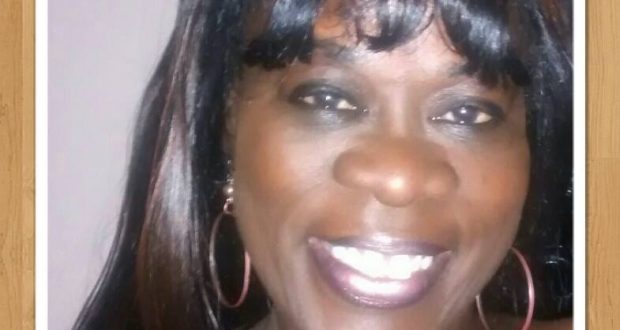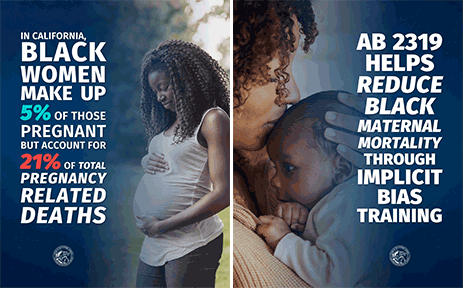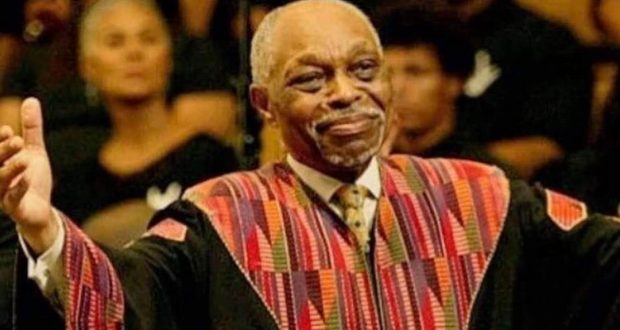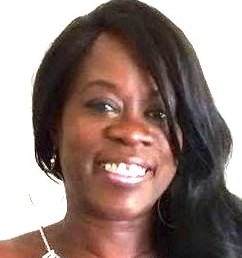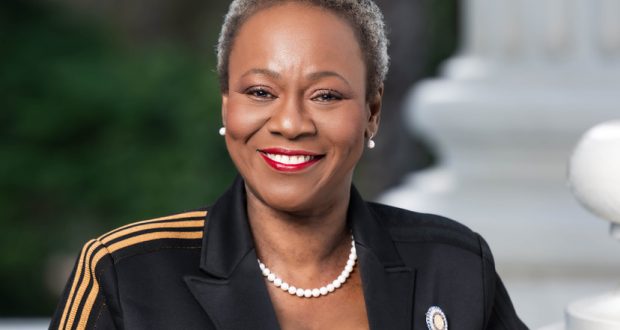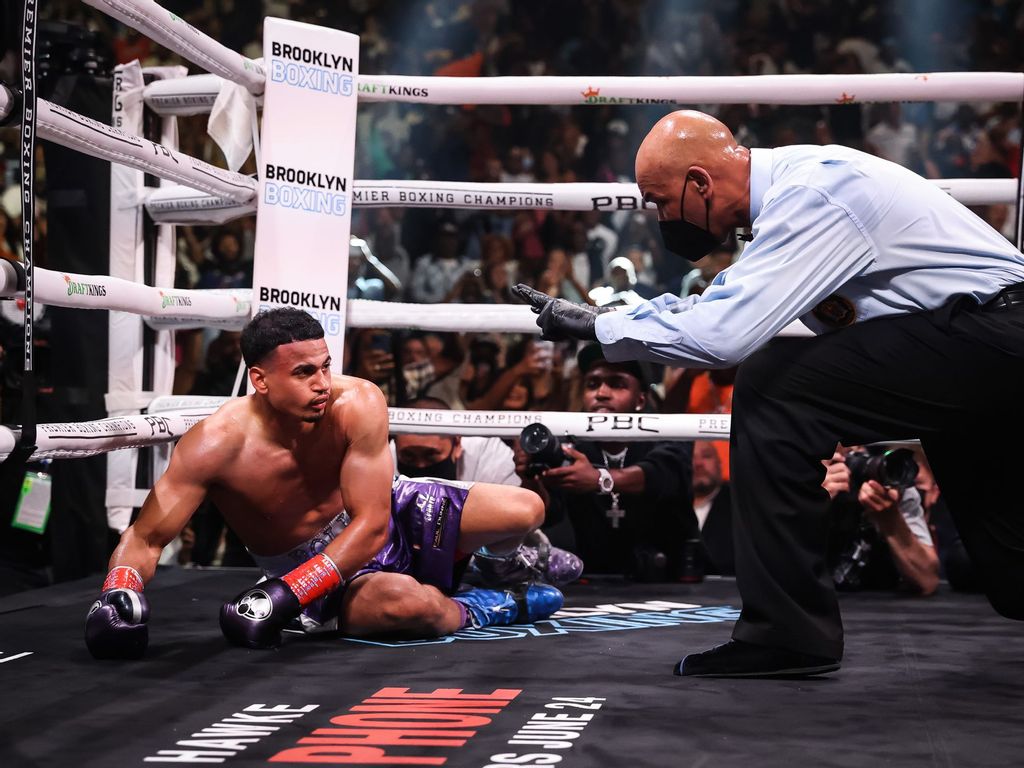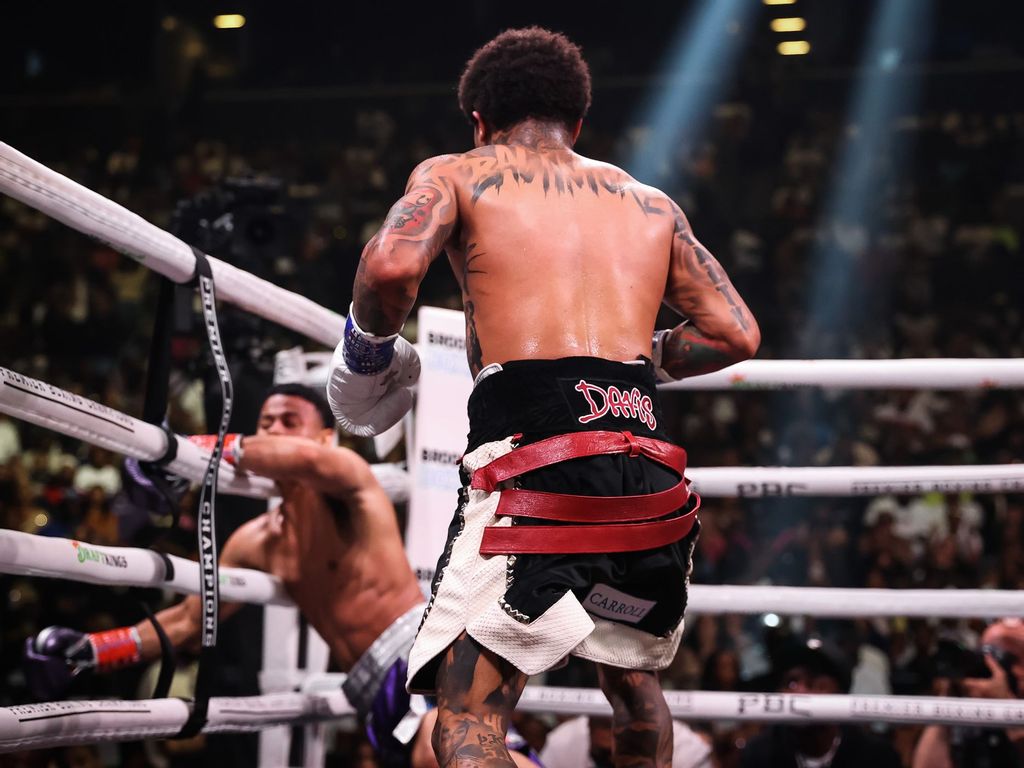By Antonio Ray Harvey | California Black Media
Last week, the Bay Area Black Housing Advisory Task Force (BABHATF) — a coalition of more than 40 groups with housing and community expertise –unveiled a $500 million plan to make housing more accessible and affordable for Black families.
BABHATF is asking the region’s leaders and residents to support the “Bay Area Regional Black Housing Fund” initiative. The organization is also calling on the Legislature to include funding for the effort in this year’s state budget.
The task force is supported by Assemblymember Lori Wilson (D-Suisun) who was sworn into office April 6 after winning a special election in the 11th Assembly District.
The investment “will help repair the injustices that have shaped the housing experiences of Black people in the Bay Area and in California,” BABHATF leaders said in a letter drafted to bring awareness to a problem that the group says is statewide.
“It will also create new opportunities to expand housing for Black people in places where they have largely been — and are still — excluded. Increasing Black homeownership will benefit our entire region,” said task force members Fred Blackwell and Melissa Jones in the letter.
“The work we do to reduce the rent burden for Black people will provide a way forward for the Bay Area overall,” the letter continued.
Blackwell is CEO of the San Francisco Foundation, a community nonprofit committed to advancing racial equity and economic inclusion. Jones is executive director of the Bay Area Regional Health Inequities Initiative. Her work focuses on health, social inequity, and well-being.
The task force points out that there has been no regional response to California’s housing crisis’ well-documented impact on Black communities. It believes “a targeted solution” is necessary for an “issue rooted in racial injustice,” Blackwell and Jones wrote.
The California Housing Finance Agency (CalHFA) reports that Black homeownership rates are the lowest among California’s ethnic groups.
The Black homeownership rate was 50.98% at its peak in 2004. Since then, the homeownership rates for Black Californians have fallen at a steeper curve than those of all other racial and ethnic groups in the state.
During the early 2000s, several mortgage lenders specifically targeted Black homebuyers offering them subprime loans. High default rates on those loans contributed to the Great Recession, which began in 2007 and lasted through 2009. As a result, the Black homeownership has dropped by more than 10% since 2004 and has yet to recover, according to CalHFA.
BABHATF illustrates how affordable housing impacts Black communities throughout the state, pointing out that there is no major ethnic group over-represented in the state’s homeless population than Black people.
Various reports state that 150,000 Californians experience homelessness on any given night and nearly 40% are Black.
“We envision a Bay Area with thriving, healthy and resilient Black communities, where all Black residents have a home. We want a region that rebuilds Black commercial districts destroyed by highway development, regains the Black homeownership losses from the racially targeted lending schemes that drove the Great Recession, and creates the affordable housing our region has failed to deliver over the last two decades,” Blackwell and Jones stated.
The task force is certain that with California’s $98 billion budget surplus, there is a historic and unprecedented opportunity to help right past wrongs and invest in Black communities and housing.
The group is calling for the Legislature to include the fund in this fiscal year’s state budget. The fund will create more affordable housing with a $500 million investment that includes:
No.1, Financial support for initiatives such as down payment assistance for low- and moderate-income Black households, preserving Black housing and neighborhoods, pre-development resources for housing development by Black-led developers, and preserving cultural districts and anchor institutions.
No. 2, Community support for strengthening smaller, Black-led community groups so they can better serve the housing needs of Black communities, plus community planning to develop ideas and blueprints for future projects.
The Black community in the Bay Area has been disadvantaged in the state’s housing market for decades because of discrimination, including redlining, unequal access to wealth and good jobs, and other systemic problems.
All of these issues have been discussed in the last 12 months during meetings conducted by the California Task Force to Study and Develop Reparations Proposals for African Americans, under Assembly Bill (AB) 3121.
BABHATF says that increased disadvantages will leave Black communities facing multiple systemic barriers leading to massive displacement in the Bay Area
“As a result, San Francisco, Oakland and Berkeley each lost between 40% and 50 % of their Black residents between 1990 and 2018. In Oakland alone, more than 60,000 Black residents have left. East Palo Alto had a 66 % decrease. This is a profound loss,” Blackwell and Jones stated.
Efforts to combat housing across the state got a partial boost last week. Homeownership for low- and moderate-income moved closer to reality after the California Senate approved a plan to establish a $25 billion fund financed by voter-endorsed general obligation bonds.
Senate Bill (SB) 1457, authored by Majority Leader Emeritus Sen. Bob Hertzberg (D-Van Nuys), now goes to the Assembly for consideration. It establishes the California Family Home Construction and Homeownership Bond Act of 2022.
If SB 1457 is adopted by voters on the November 2022 ballot, it will authorize the $25 billion bond fund to finance homeownership opportunities and promote new home construction.
Hertzberg stated that “the underlying problem is simple: A lack of supply” and says his plan “tackles this problem head on.”
“California policymakers have a responsibility to create more opportunities for first-time or left-behind homebuyers,” Hertzberg said. “Purchasing a home, attaining a middle-class lifestyle and building generational wealth cannot be accomplished without addressing the severe lack of housing production that is fueling the state’s homeownership crisis.”
 Westside Story Newspaper – Online The News of The Empire – Sharing the Quest for Excellence
Westside Story Newspaper – Online The News of The Empire – Sharing the Quest for Excellence
